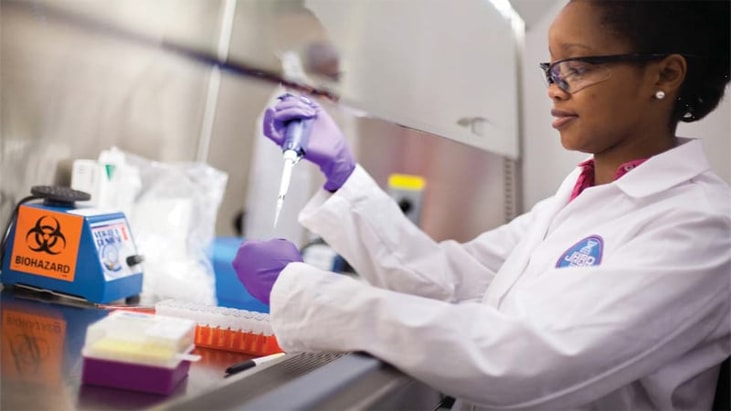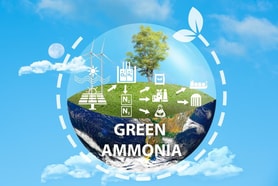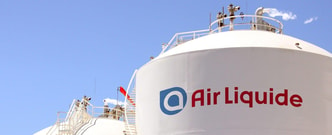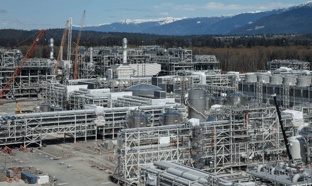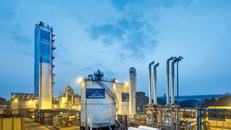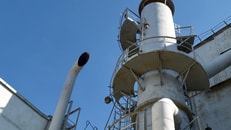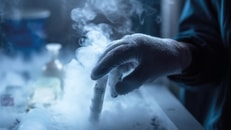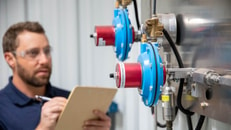Growth Forecasted – For Global Life Sciences Markets and Liquid Nitrogen
In today’s economy, in which metal fabrication is moving towards commoditization, life science offers specialization, value, and synergies to industrial gas companies. Life science markets are diverse and cover a broad range of applications and research including: biobanks (population based, therapeutic, and culture collections); biological repositories; environmental repositories (microbes, plants, animals, insects, etc.); laboratories; hospitals (medical care and research); and biopharma (medical drugs produced using biotechnology).
These markets are growing due to healthcare advances, improved quality of life, and longer lifespans. Samples for all these markets require cold storage. The US stored 307 million human tissue samples in 1999, and storage requirements are estimated to increase by 20 million samples per year, according to the Rand Corporation (Handbook of Human Tissue Sources: A National Resource of Human Samples, E. Eisman and S.B. Haga, Santa Monica, CA: Rand, 1999). The 2012 Leaders in Biobanking Congress (“Leaders in Biobanking Congress 2012,” Cambridge Healthcare Institute, October 2012) estimates that the compounded annual growth rate (CAGR) for population biobanks from 2010 to 2015 is five percent. The CAGR for liquid nitrogen (LIN) biorepositories is 7.5 percent through 2015, according to Axis Research 2011 (“Biorepositories, Application, Technologies, Equipment, Ownership and Endusers— Analytical Report,” Axis Research Mind, November 2011). The CAGR for stem cells is 24.5 percent through 2015, and the CAGR for China’s cord blood biobanking is 68 percent, as reported by Global Industry Analysts 2011 (“Cryopreservation Equipment in Stem Cells—A Global Market Watch,” Axis Research Mind, May 2011; “Global Cord Blood Banking Market: Focus on China,” July 2011, MarketResearch. com). The bottom line is forecasted growth, and this growth will require substantial increases in available cold storage space.
The primary options for cold storage are liquid nitrogen freezers and mechanical freezers. LIN freezers provide the coldest temperatures, -196°C in liquid phase storage and from -170° to -190°C in vapor phase storage. Mechanical freezers’ coldest temperatures are -130°C to -150°C, but the vast majority of this equipment stores samples at -86°C. For many applications, temperatures colder than the glass transition temperature of water (-130°C) are required to preserve specimens. At these temperatures, movement inside a cell stops, putting the cell in a state of suspended animation. This condition enables the sample to survive for an indefinite period of time. LIN freezers are more reliable for storage below the glass transition temperature and for long-term storage of samples.
The number of mechanical freezers sold annually into these markets is significantly higher, but LIN freezers are gaining share due to the disadvantages of mechanical freezers. These disadvantages include: higher maintenance costs; more noise; shorter life expectancy; a larger footprint than LIN freezers with smaller storage capacities; susceptibility to power outages; and much higher rates of power consumption including air conditioning costs.
... to continue reading you must be subscribed

